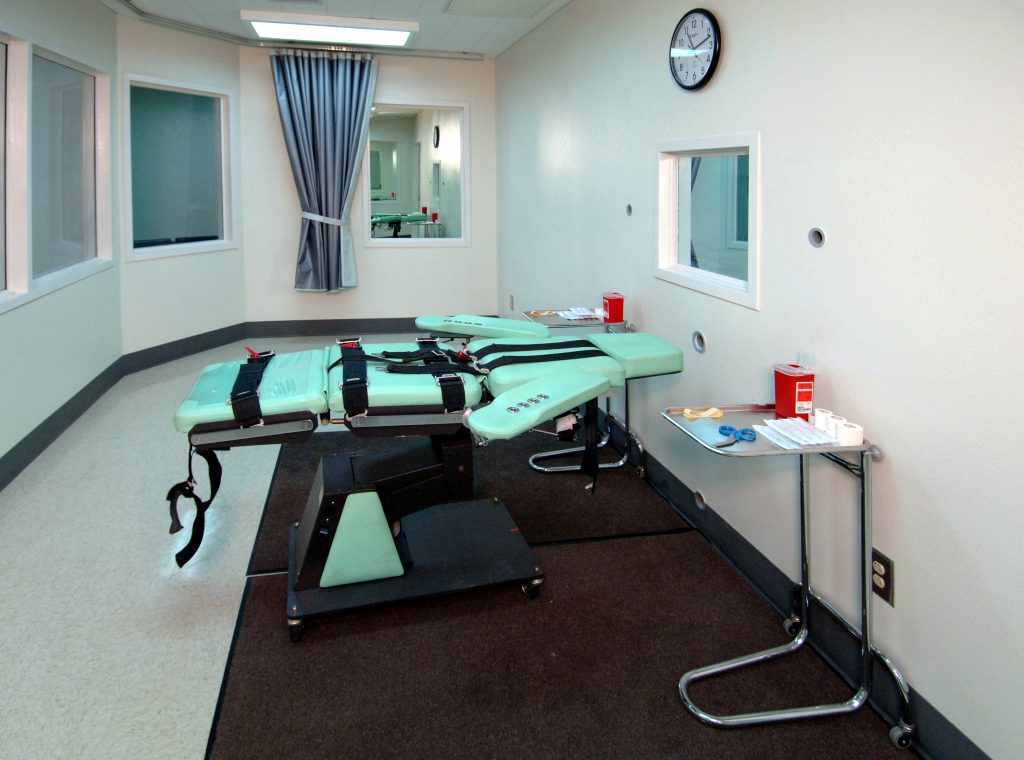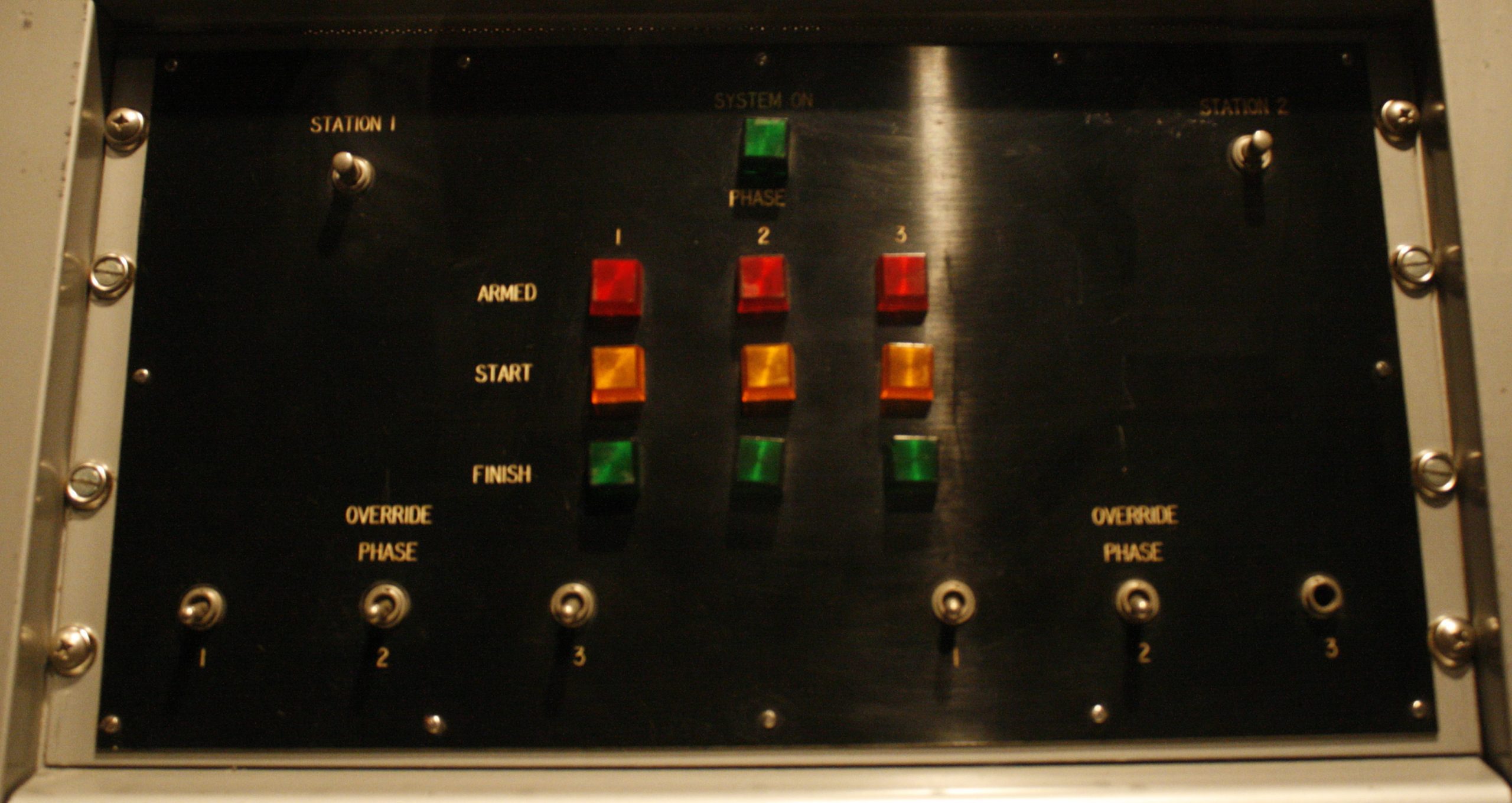Last week, Idaho became the fifth state in the U.S. to bring back firing squads for executions in the state. Idaho now joins Mississippi, Oklahoma, South Carolina and Utah to offer firing squads as an alternative to lethal injection (or, in South Carolina, lethal injection and the electric chair) in death penalty cases.
For many, Idaho’s decision to bring back firing squads was an in-your-face reminder that the U.S. still uses firing squads. In this article, our goal is to explain how Idaho’s new law works. We also want to give you an idea of what an execution by firing squad really looks like.
What does Idaho’s new firing squad law do?
This past Friday, Idaho Governor Brad Little signed House Bill 186 into law. Under HB 186, Idaho law will allow for executions by firing squad as an alternative to lethal injection.
Before HB 136, Idaho only allowed “[t]he punishment of death [to] be inflicted by continuous” “intravenous administration of a lethal quantity of a substance or substances approved by the director of the Idaho department of correction until death is pronounced by a coroner or a deputy coroner.” But with HB 136, Idaho law now authorizes the use of a second method: “[f]iring squad.”
It’s worth noting that Idaho law prioritizes lethal injection. According to HB 136, “the director of the Idaho department of correction must determine, and certify by affidavit to the court that issued the death warrant, whether execution by lethal injection … is available” “[n]ot later than five (5) days after the issuance of a death warrant[.]” As long as lethal injection is available, it says, “the method of execution shall be lethal injection.”
But “[i]f the director does not certify that lethal injection is available, fails to file a certification … or otherwise determines that lethal injection is unavailable, the method of execution shall be firing squad.” The law also authorizes the use of firing squads if lethal injections are ever ruled unconstitutional. “If a court holds that lethal injection is unconstitutional, on its face or as applied, or otherwise determines that firing squad is a constitutionally required method of execution,” HB 136 states, “the method of execution shall be firing squad.”

How do firing squads usually work?
The specific protocols for the use of firing squads in Idaho aren’t public yet. But those protocols are public in South Carolina.
According to the press release announcing those protocols, firing squads in South Carolina start with “[t]hree firing squad members will be behind the wall, with rifles facing the inmate through the opening.” “All three rifles will be loaded with live ammunition.”
“The inmate will wear a prison-issued uniform and be escorted into the chamber” and “be given the opportunity to make a last statement.” He or she is then “strapped into the chair, and a hood [is] placed over his [or her] head.” The “execution team” then puts “[a] small point … over his [or her] heart[.]”
“After the warden reads the execution order, the team will fire,” the protocols continue. “After the shots, a doctor will examine the inmate.” Once “the inmate is declared dead,” they conclude, “the curtain will be drawn and witnesses escorted out.”
South Carolina’s protocols also dictate who fires the actual shots. According to the protocols, “[m]embers of the firing squad are volunteer SCDC employees” that “must meet certain qualifications.”

The Takeaway:
Firing squads making headlines again. So, it’s important that Americans understand how Idaho’s new law works and how this method of execution works in general. Government officials literally attach a target to someone’s heart, and volunteers aim and fire.






